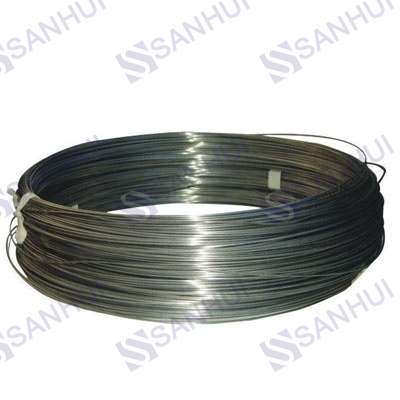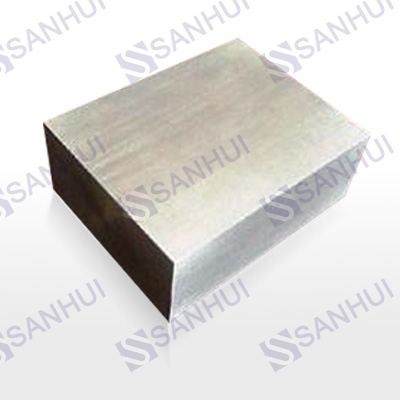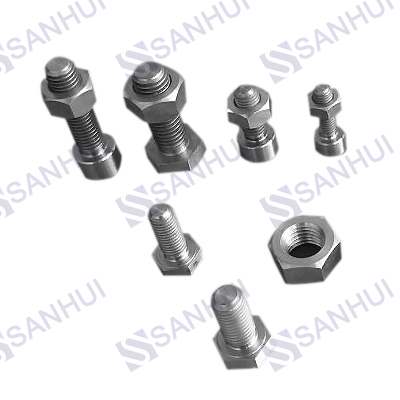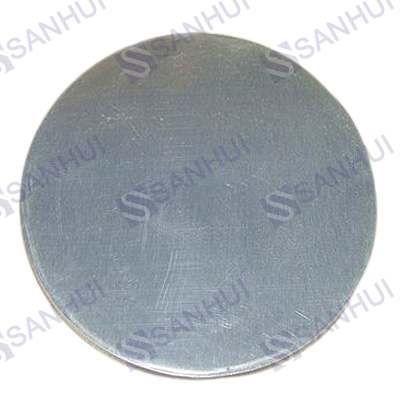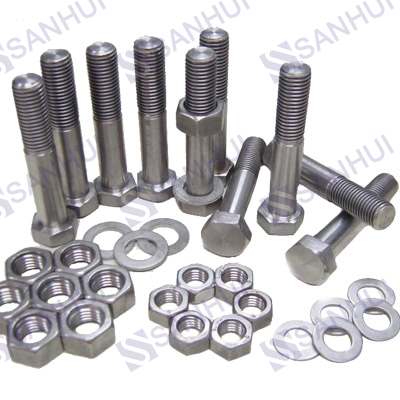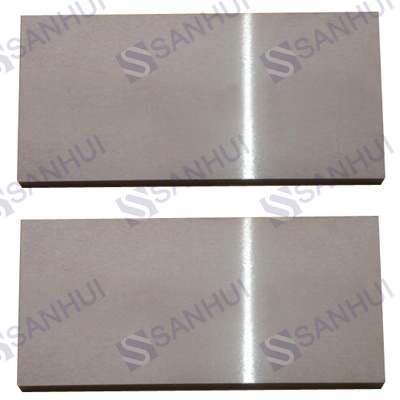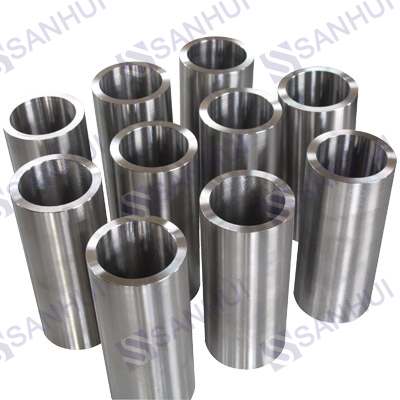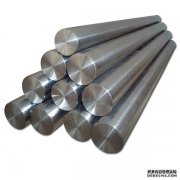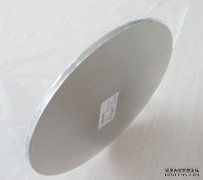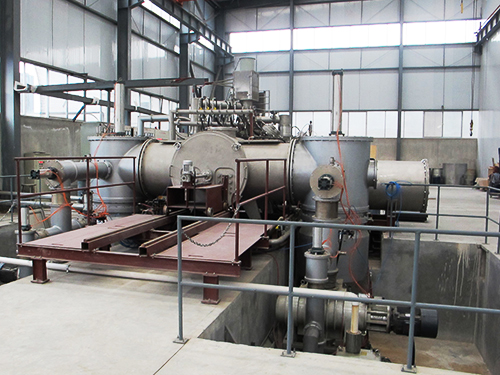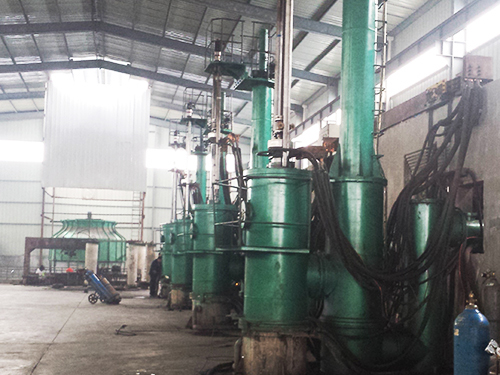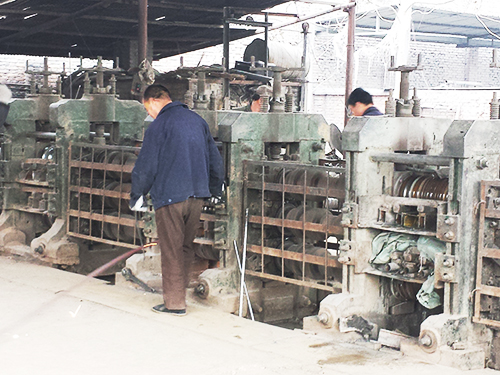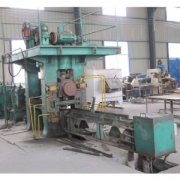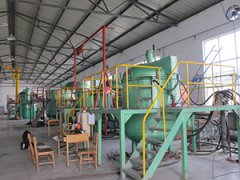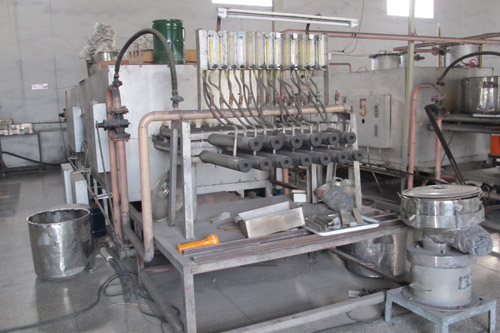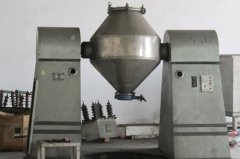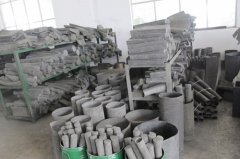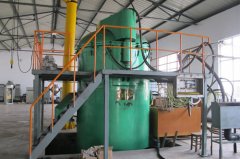The penetration depth of
titanium alloy plate is an intrinsic parameter of the material, and its value varies with the temperature. In addition to selecting qualified raw materials, the smelting process is an important link in the preparation of titanium plate manufacturers. The composition of the ingot must be uniform and no inclusions to ensure the integrity of the inner core wire and the larger continuous length of the composite multi-core conductor. Electron beam or arc furnace smelting is now adopted. Whatever the method is, it is necessary to repeatedly refining of the titanium alloy plate. The analysis shows that these non melting particles are Nb or W. Because of the presence of these non molten particles, necking and bulging are easy to occur during drawing. But these defects can be eliminated as long as they are repeatedly smelted and strictly controlled by the contamination of tungsten arc welding electrodes
In the early 60s,
titanium plate manufacturers had adopted the dual beam melting method. The Nb and Ti are first smelted by electron beam to achieve the purpose of purification, and then the ingot melted by electron beam is re dissolved in an arc furnace to ensure the uniformity of the composition. The advantage of this method is its simple process and high yield. It is reported that this method is no longer in use because the ingot being used in an electric arc furnace has been able to meet the requirements.





